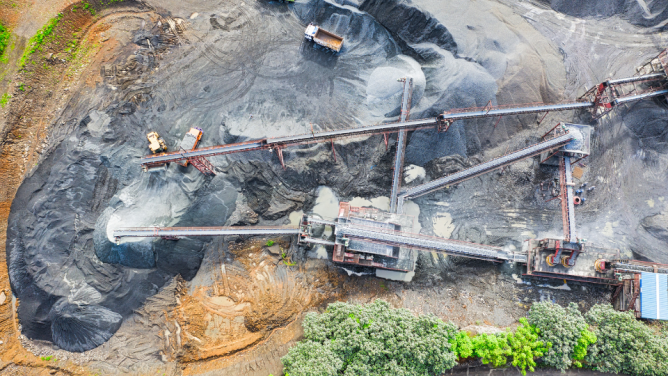The project has several objectives, one of which is to guarantee food autonomy to inhabitants (Lumières de la Ville — in French). Currently at the concept stage, the “five agricultural bridges” construction project is part of a broader trend towards promoting the development of agriculture in the city, “locavorism” (eating locally produced food), and food self-sufficiency.
Urban agriculture and sustainable food
Today, against the backdrop of a climate emergency and increasing urbanization, cities are seizing the urban agriculture movement. Paris has recently launched the second season of its “Parisculteurs” call for projects, which aims to green “100 hectares of buildings by 2020, including one third dedicated to urban agriculture” (Les Parisculteurs — in French). The initiative is promoted by the United Nations, which sees urban agriculture as a good way for cities to cultivate their resilience to global warming (Food and Agriculture Organization). One of the most frequently cited benefits of this movement include the environmental aspects of short food supply chains (SFSCs), due to the shorter distances over which food products travel. However, studies have shown that only 17% of GHG emissions from the food chain are linked to transport. In fact, the benefits of SFSCs for agri-food products are “more socio-economic” than environmental, explained the Office of the Commissioner General for Sustainable Development in 2013 (Alimenterre — in French). In addition to the environmental aspect, urban agriculture can also provide food, economic, landscape and social functions (AgroParisTech — in French).
A real transition in prospect
Some cities have already started experimenting with the long road to food self-sufficiency… and are encountering a few hitches along the way. For example, the project launched by the city of Rennes is facing a problem of size: according to a prospective study, to convert the necessary area would require 50% of parks and private gardens to adopt market gardening, as well as 40% of the public gardens, and 30% of squares. In addition, a 6.3km wide agricultural belt would need to be installed around the metropolis, and 30% of forests would have to be dedicated to nut production (Agro Campus Ouest — in French). These are clearly profound changes, which would involve, among other things, a significant commitment from citizens and a total reorganization of public space. The town of Albi is experiencing similar difficulties, having announced its intention to achieve food self-sufficiency by 2020. Elected officials are now admitting that this objective is unattainable, mainly due to the difficulty involved in appropriating the necessary land. This is a major challenge associated with locavorism, because it requires land to be dedicated to food production at a time when urbanization is significantly reducing the amount of land available (Le Point — in French).
From agriculture to Agtech
Will the “fourth agricultural revolution”, which in 5 to 10 years is set to initiate the emergence of a high-tech sector, be able to solve the specific problems facing cities (Deloitte)? The concept of the “vertical farm”, theorized in 2010 by Dickson D. Espommier, is already being implemented to enable high-yield crops to be cultivated in an increasingly constrained space (Sustainable Brands). For example, the food-tech company Plantagon is developing “plantscrapers”: vertical hydroponic farms built into office towers, the first example of which should be functioning in Sweden by 2020. Plantscraper farming will be completely automated through the use of an advanced sensor system (The Digital Journal). Another example of the convergence of agriculture and technology is materializing in Newark, USA, as a result of a partnership between AeroFarm and Dell (Entreprise Tech). While the breakthrough innovations for the future, which are currently being tested at the MIT Media Lab Open Agriculture Initiative (OpenAg) or at Cornell University (Cornell CALS), are using machine learning, genetic sequencing or… blockchain technology. A specialized startup is promising to optimize agricultural yields by allowing information sharing between all stakeholders in the food chain (Business Insider). These disruptive developments have not escaped the attention of Amazon. The e-commerce giant has adopted a speculative strategy in the sector, following its recent acquisition of the Whole Foods organic distribution chain (Planet Save). So, can cities dream of attaining self-sufficiency? Possibly, but the journey will be long. According to a forum of the think tank La Fabrique Ecologique, the goal of food self-sufficiency may remain a utopia, although one which has the effect of stimulating the creativity of territories and the multi-functionality of peri-urban spaces (WeDemain — in French).

